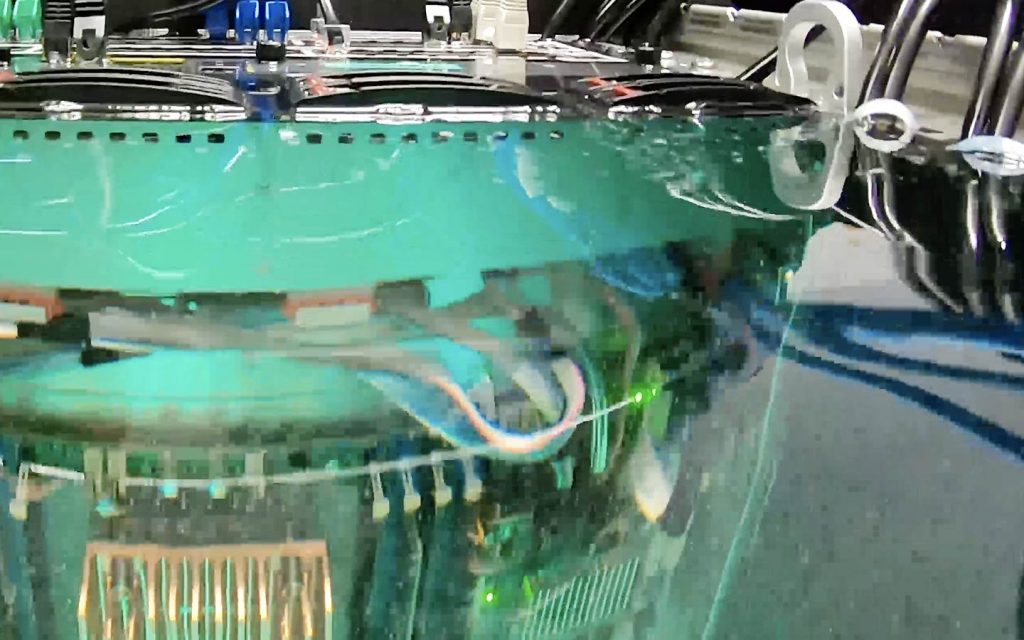Liquid immersion cooling – Path to net-zero emission
Liquid Immersion cooling - Path to net-zero emission
In matters of environment, United Kingdom is leading the way by becoming the first major economy to pass laws that will contribute greatly to reducing global warming. In its targets, UK has an ambitious plan to reduce greenhouse gas emissions to net-zero by 2050. Other countries have followed suit with a promise to significantly reduce carbon emission and ultimately reaching net zero.
For those who may not be familiar with the buzz word “Net Zero”, it means balancing between emission and absorption of greenhouse gases, that is emitting and absorbing an equivalent amount.
With the world moving towards digitalisation, data centres will be an important component of this development. However, they pose a big threat towards derailing countries in their quest to live by their promises of substantial reduction of carbon and eventual balancing of emission and absorption by 2050. Luckily, we can have our cake and eat, that is, continue with the digitalisation quest but efficiently reduce the amount of carbon emitted in the data centres and related infrastructure.
One may ask, how do we achieve that? The answer to this is the adoption of a cooling technology that is efficient and cost-effective. Liquid immersion cooling fits this description perfectly.
So how will liquid immersion cooling help the UK and other environmentally conscious economies achieve net zero-emission?
Innovative cooling technology
The answer lies with the efficiency of this innovative cooling technology. It reduces the amount of energy that you use to cool the data centre hardware as well as other equipment such as GPUs and CPUs. Given that by average only ten per cent of the global primary energy comes from renewable sources, it means a lot when we reduce the amount that we consume at any given time.
Reduced energy consumption
Liquid immersion cooling in a data centre involves submerging IT components in a dielectric liquid. It is important to note that the liquid involved in this process will not damage the IT components it is a special liquid – one that conducts but cannot electrocute you. Traditional cooling systems dependence on direct air cooling makes them inefficient as they tend to consume a relatively high amount of energy, impacting the cost of running the data centres as well as the environment. With just one cubic of dielectric liquid that is used for immersion cooling, a heated IT component will be cooled with less energy consumption. The fact that there are no fans used in this cooling technology means there is a further reduction of the power that is consumed in the process.
Answer to speeding the path to net-zero emission
With the adoption of this advanced cooling system, there will be a reduction in the amount of power that is consumed. This will eventually reduce power needs, especially the kind that is derived from fossil fuels. With this, two birds are killed with one stone. The environment is conserved and at the same time, the amount of money that goes towards paying power bills can be channelled to other activities that promote green and sustainable production. Liquid Immersion cooling is the answer to speeding up the digitalisation process and at the same time ensuring that economies achieve net-zero emission faster than envisaged.

